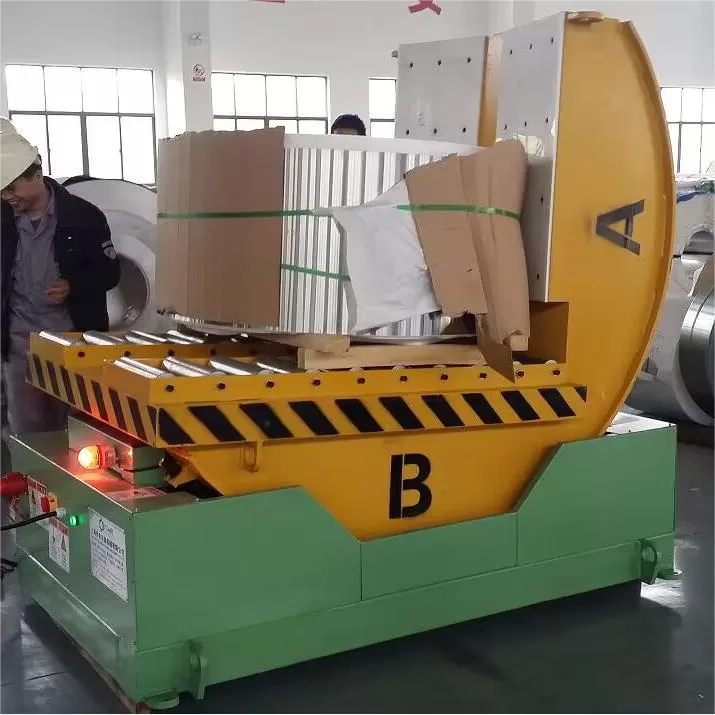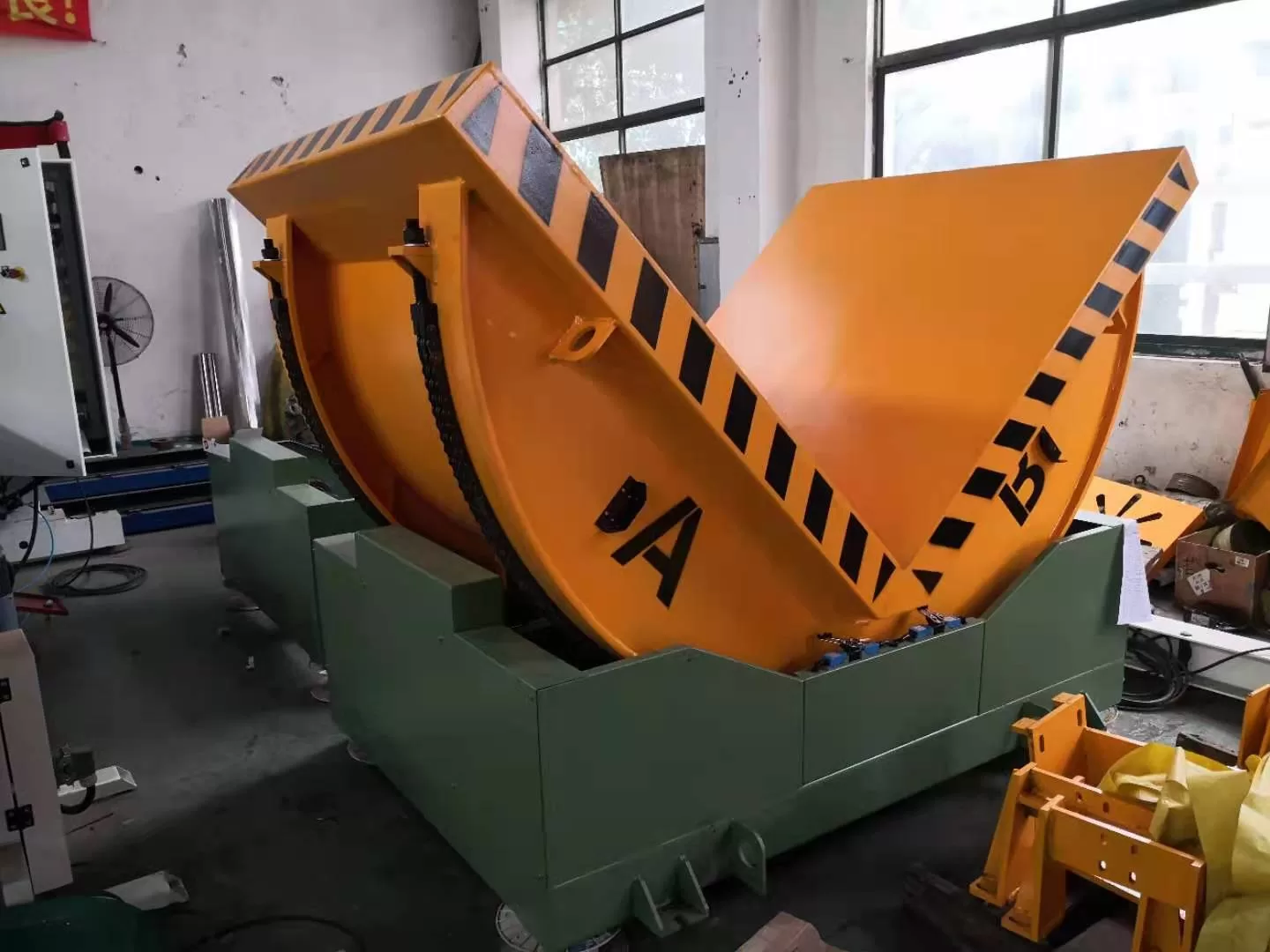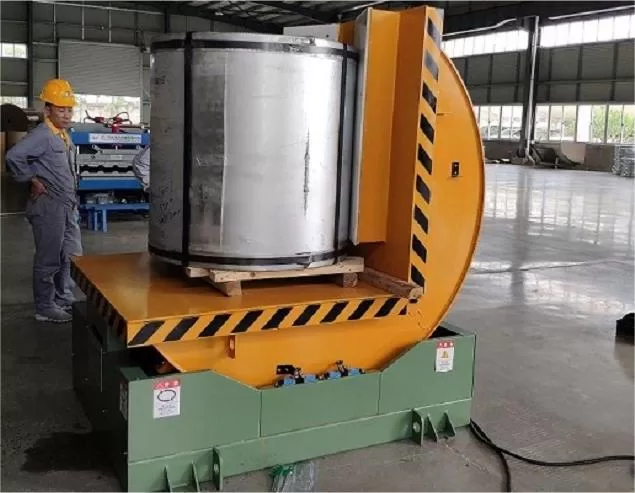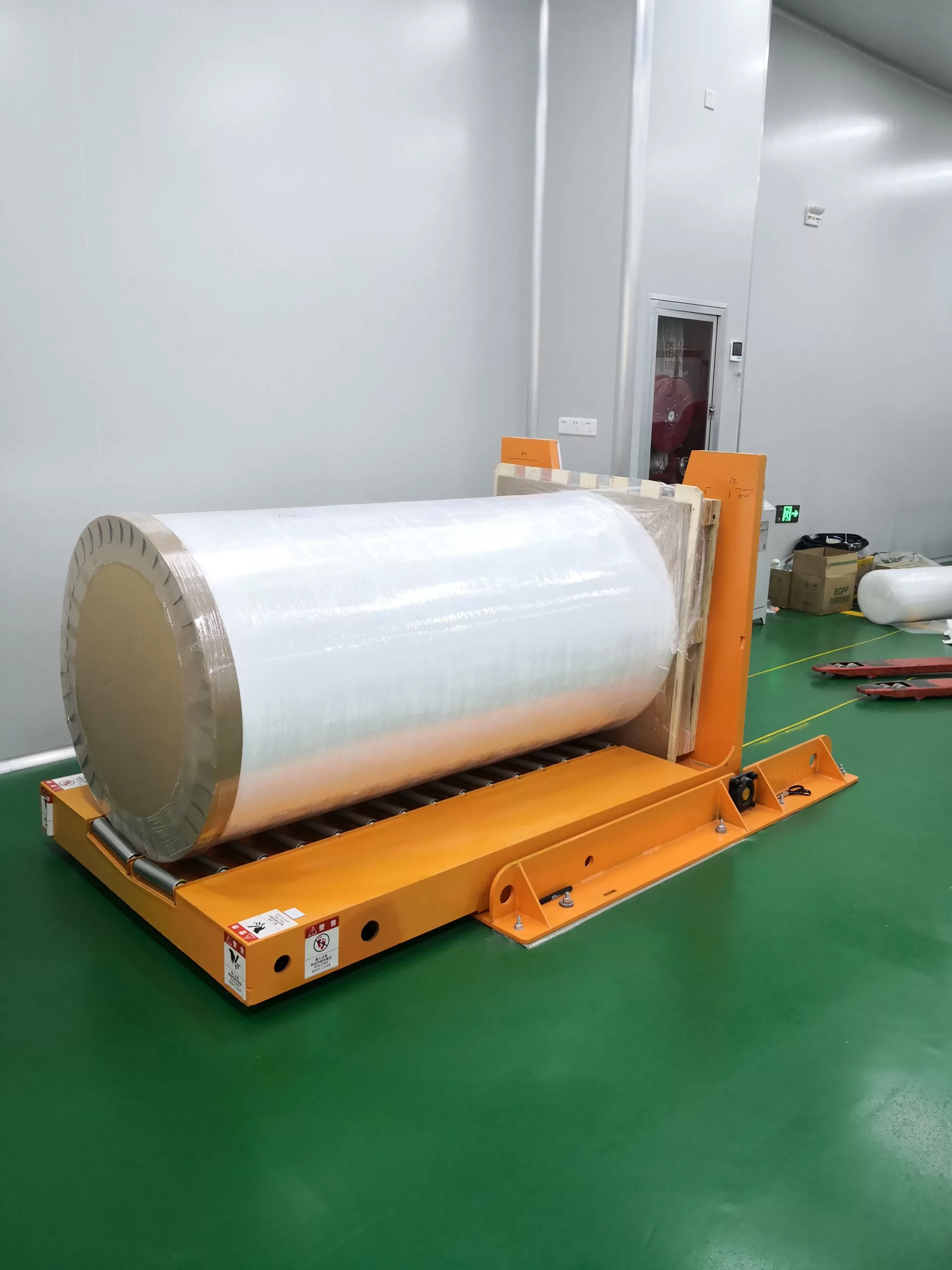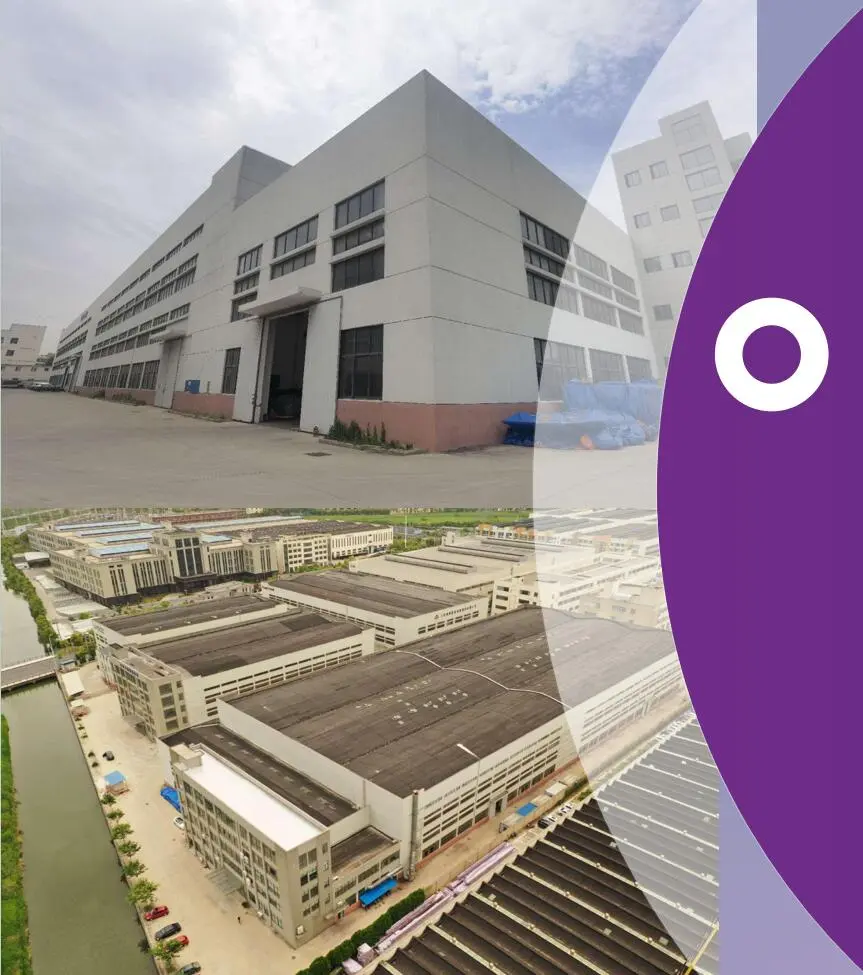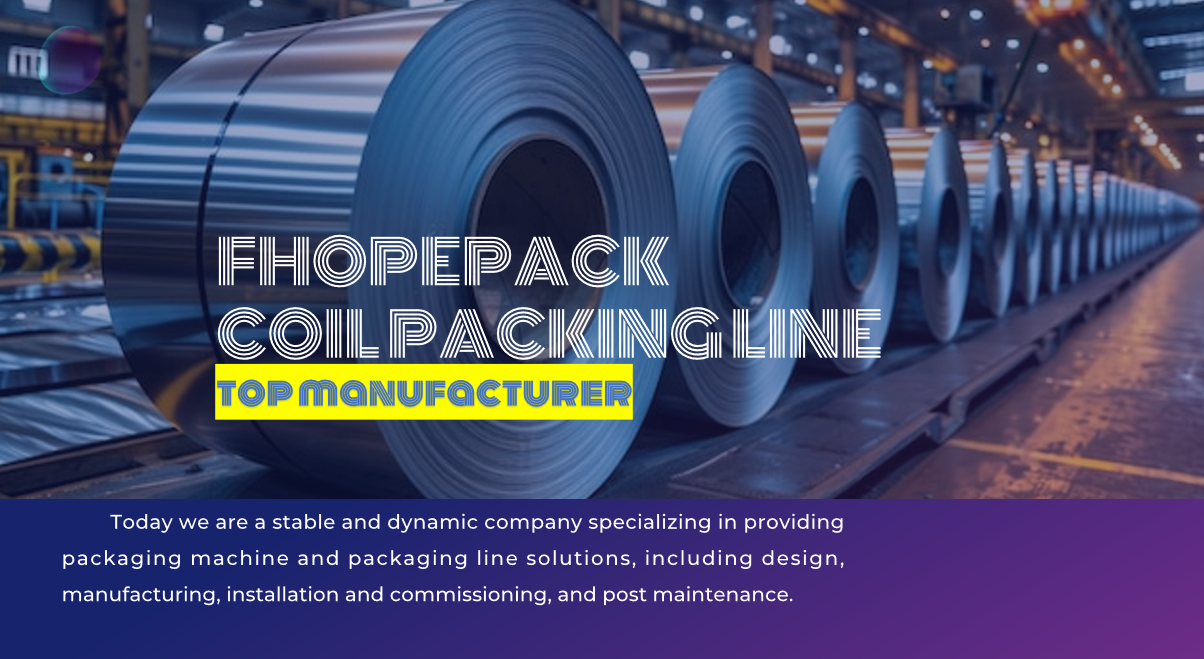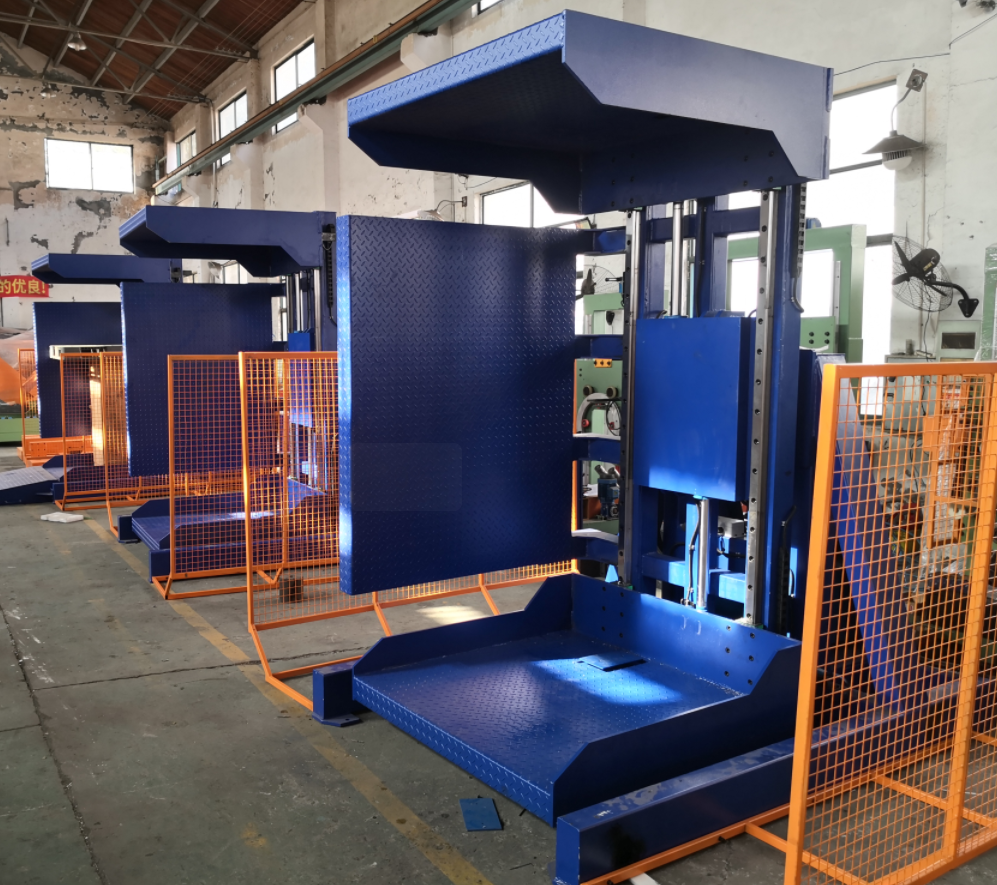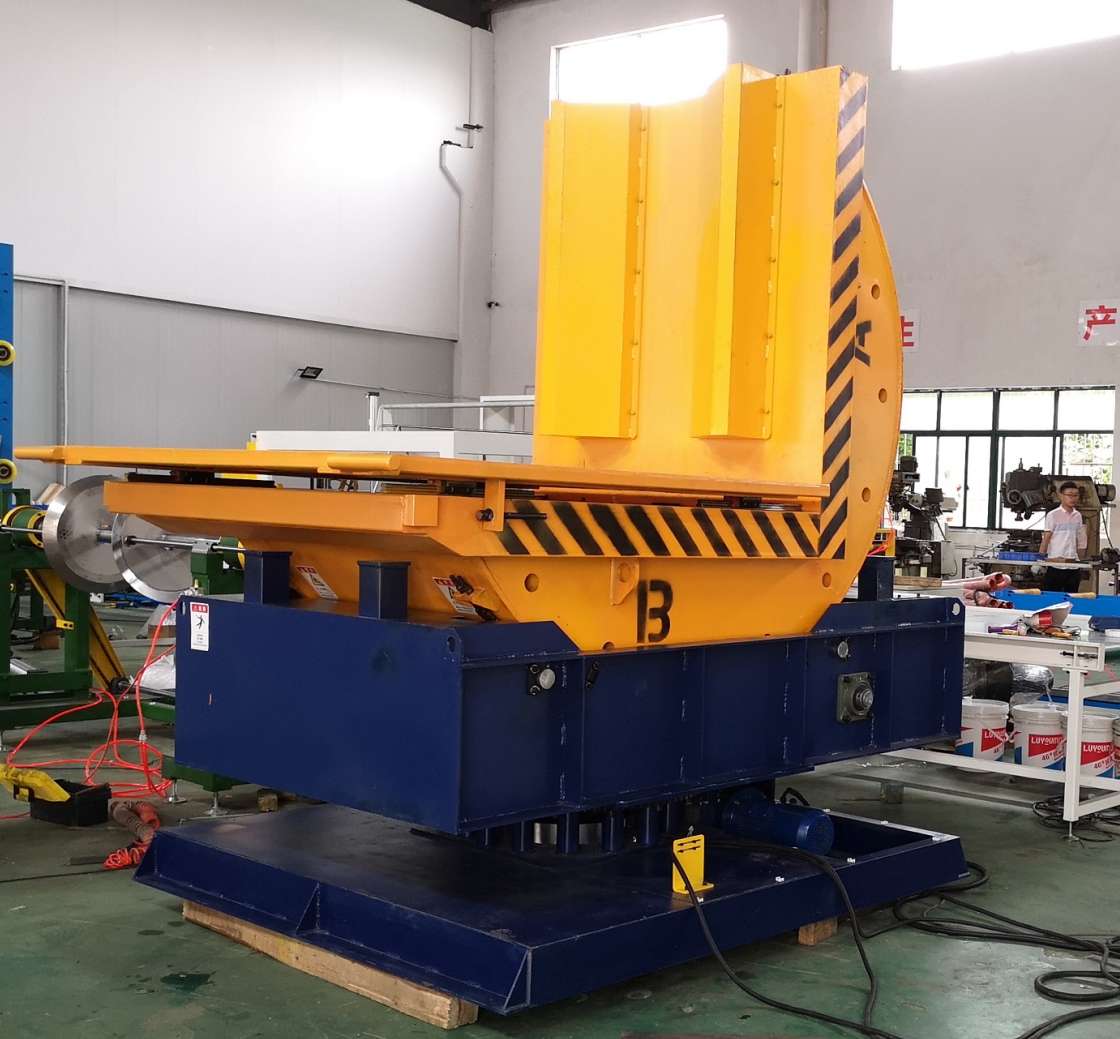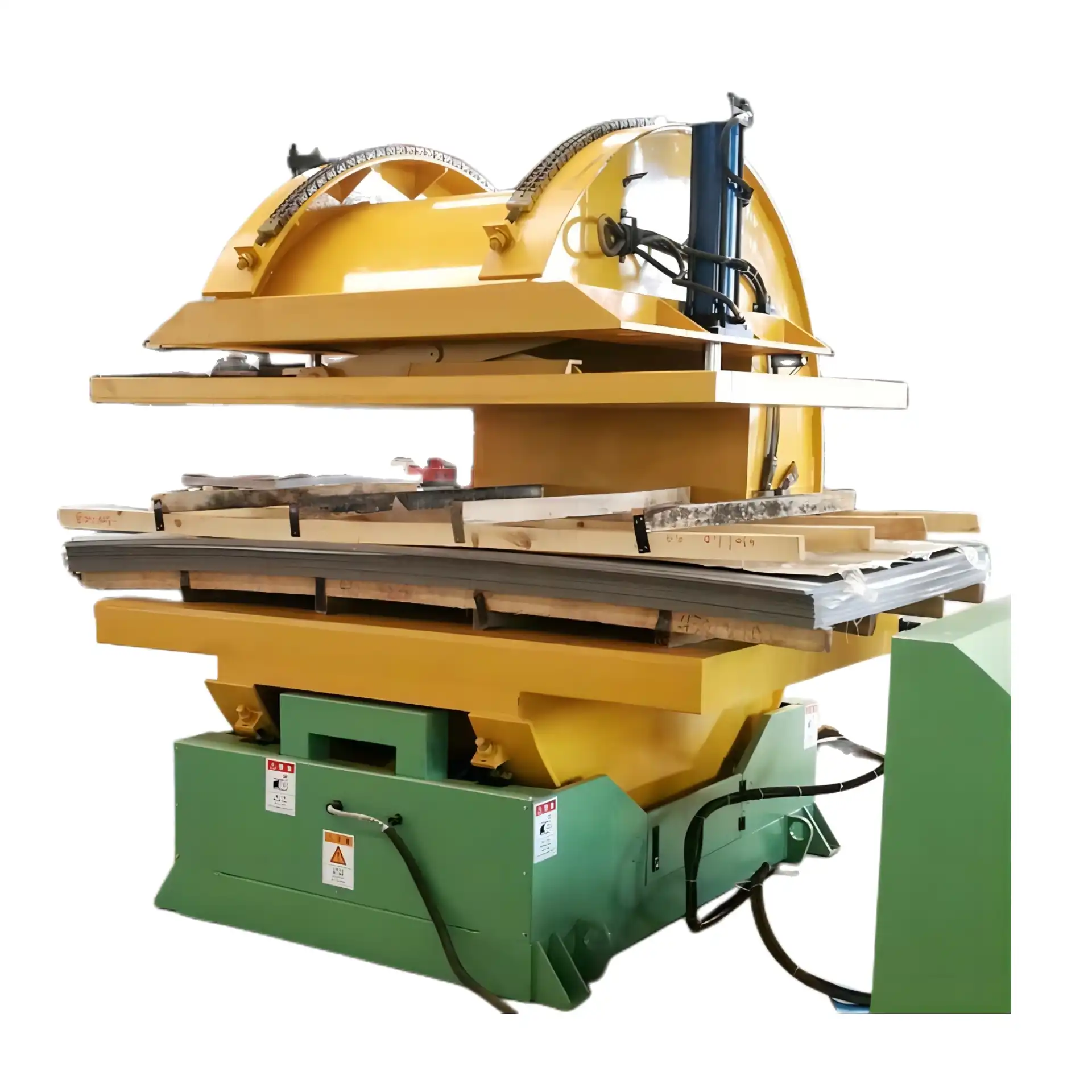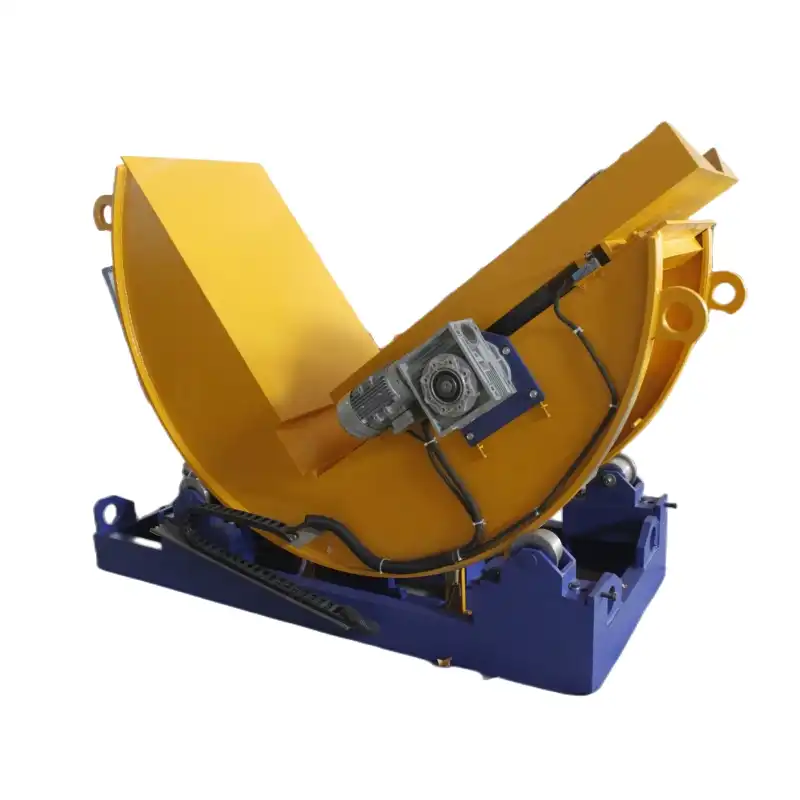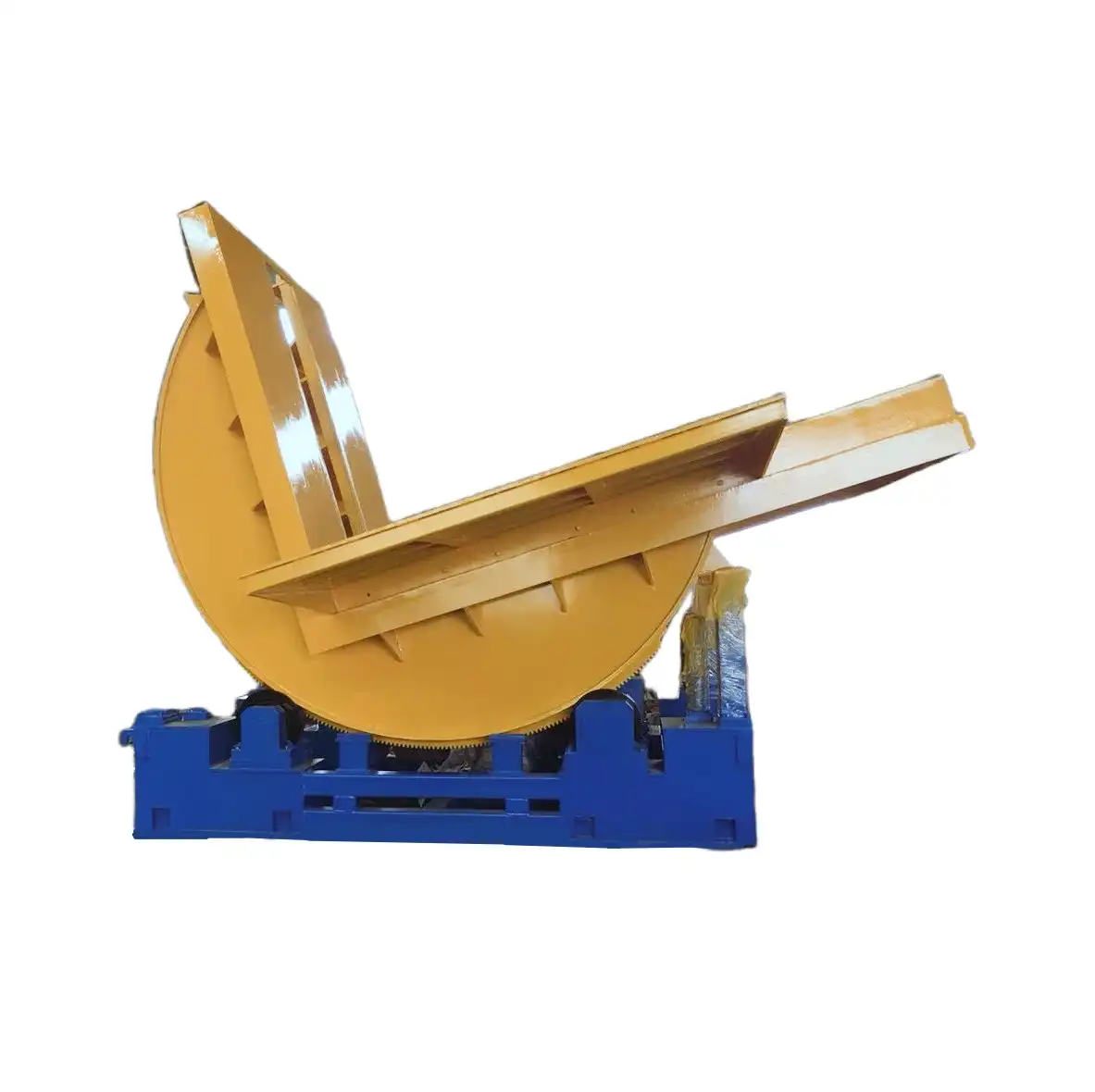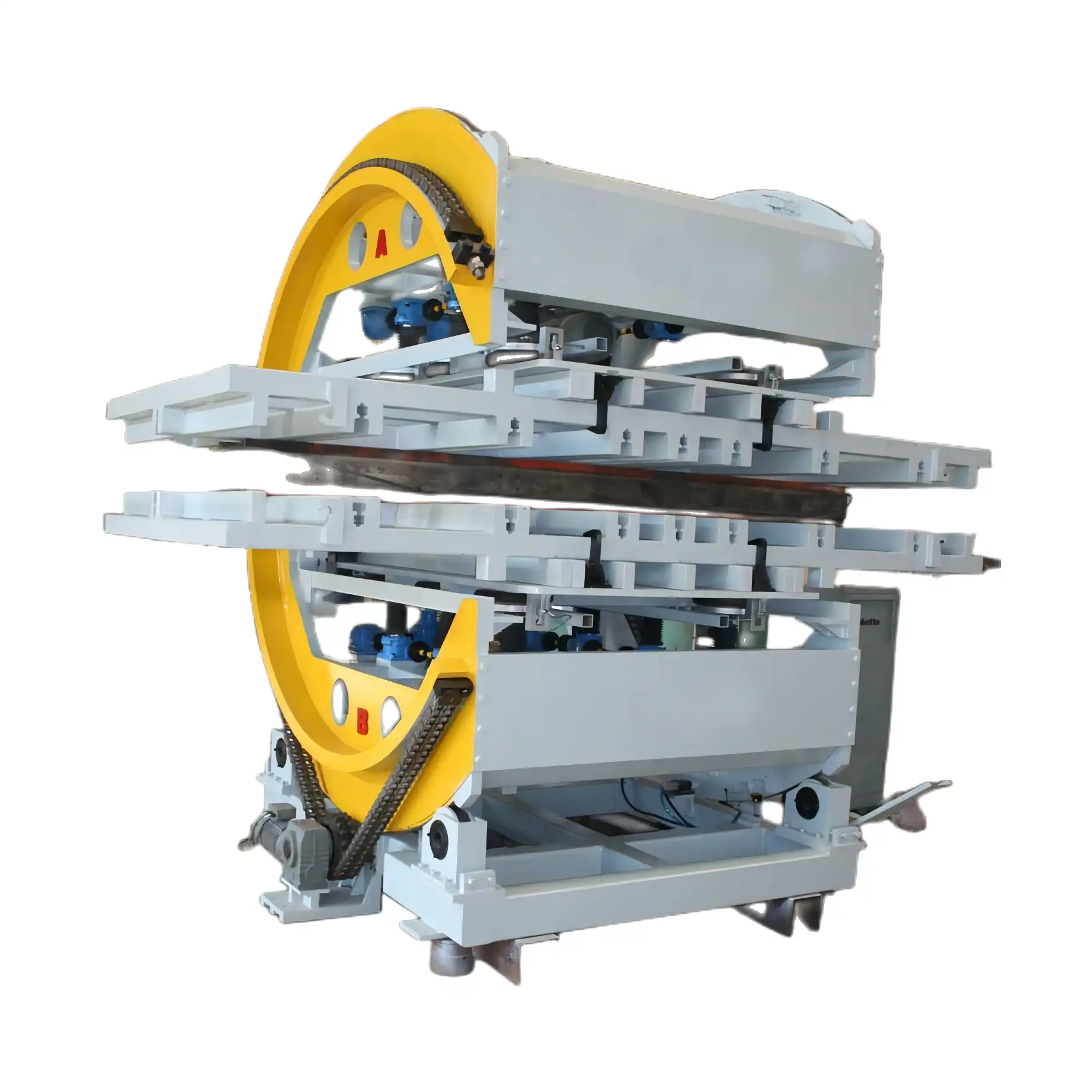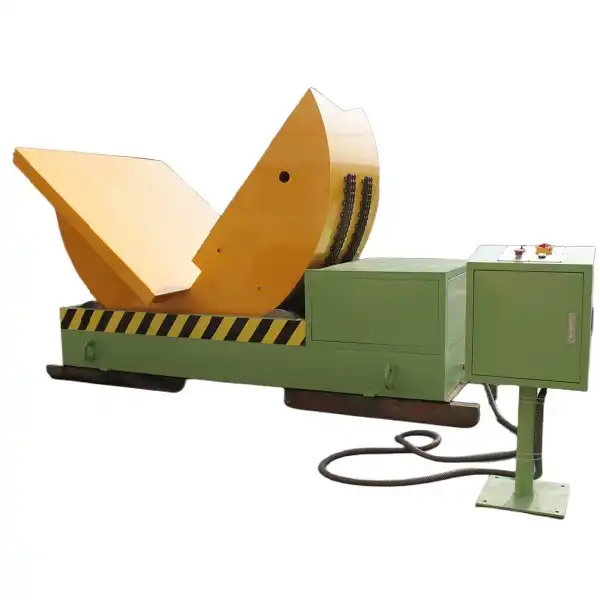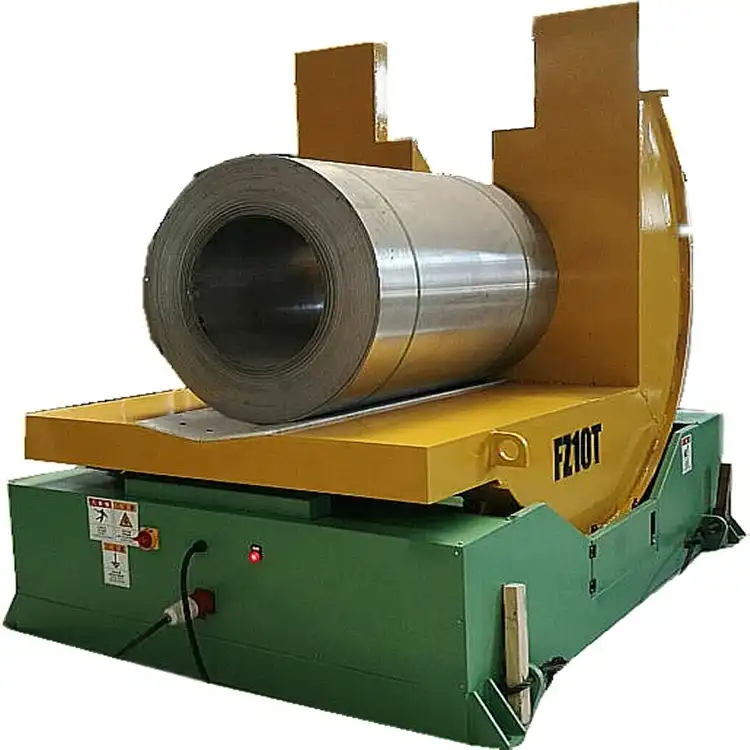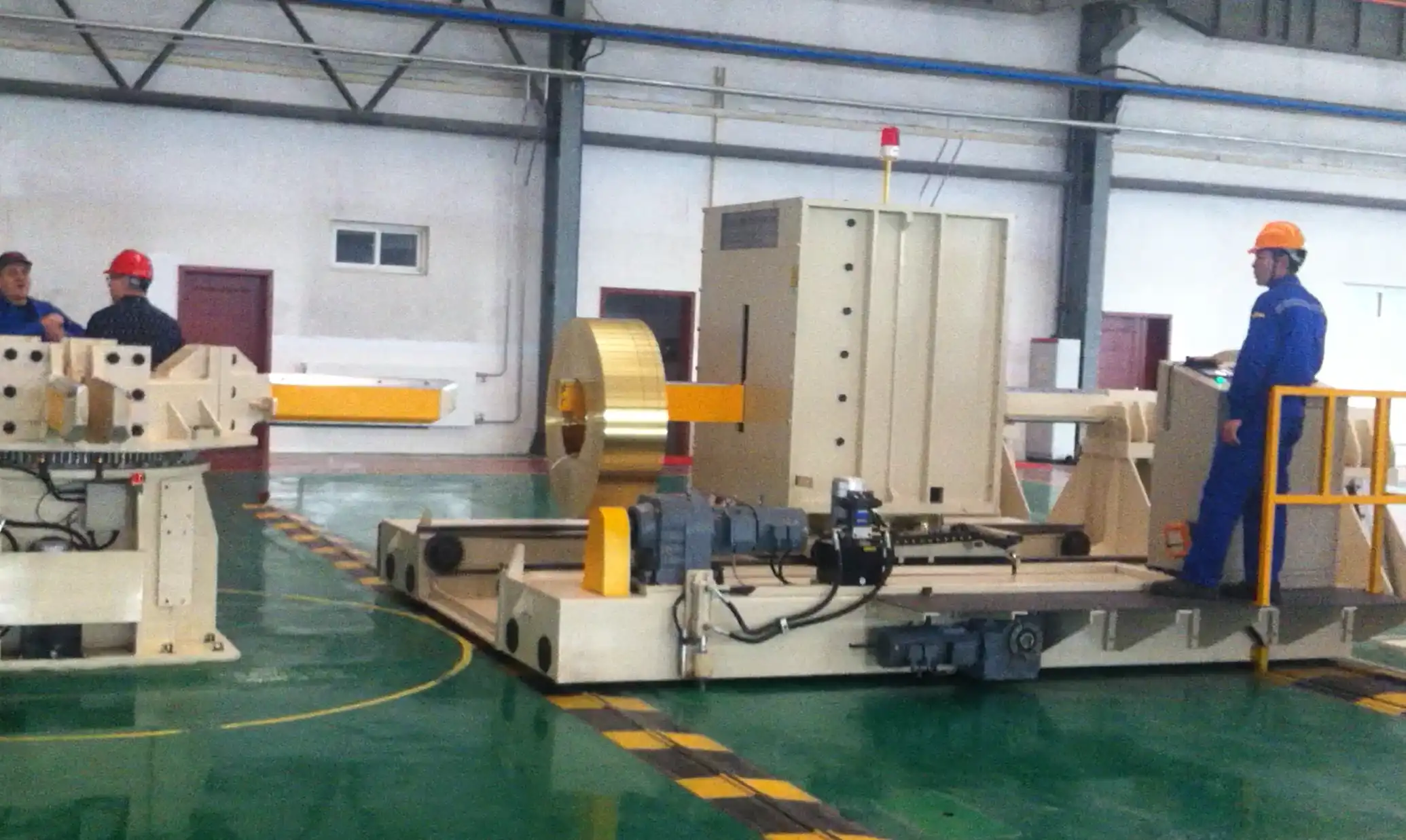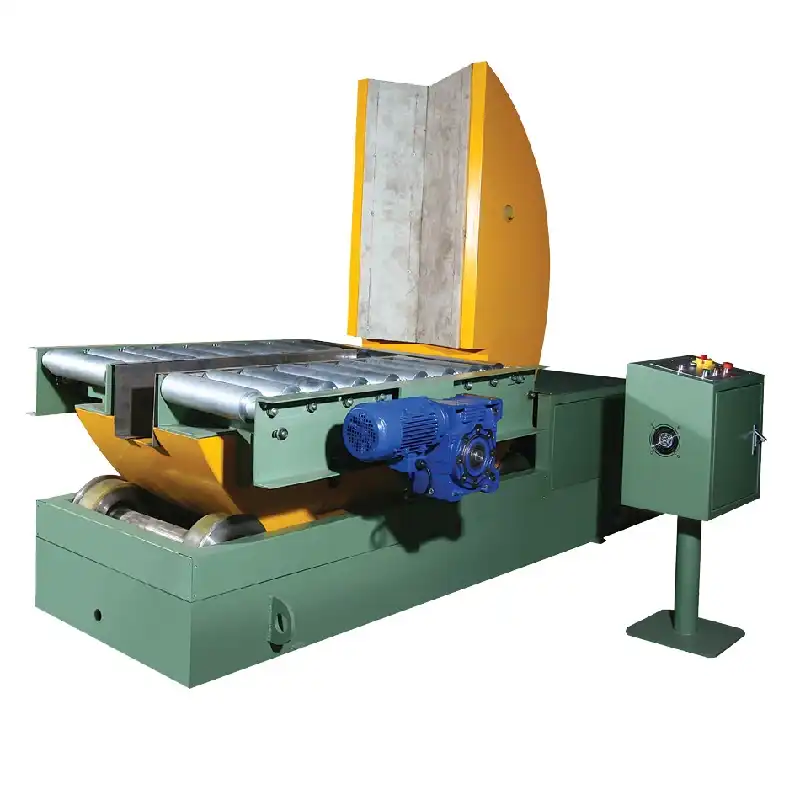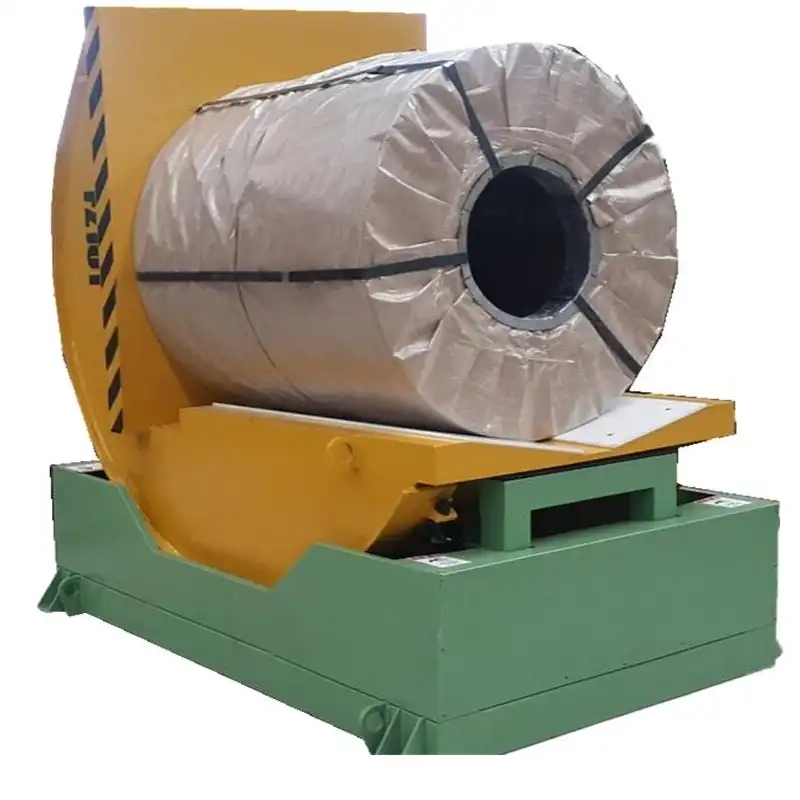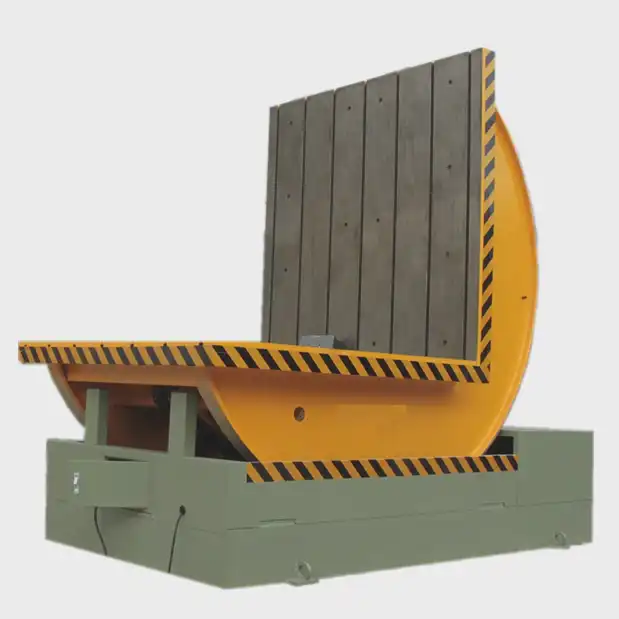How We Address Your Concerns When Selecting a Coil Tilter
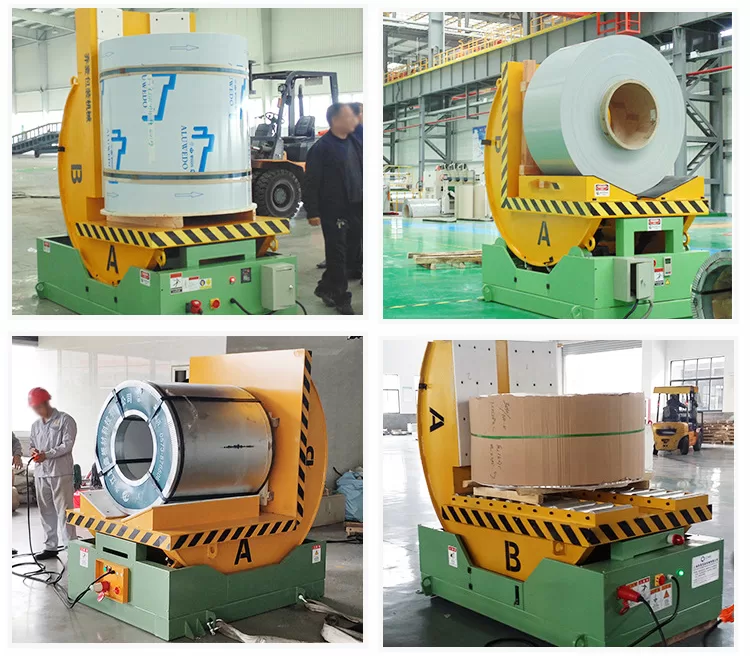
Selecting the right coil tilter can feel like navigating a labyrinth of technical specifications, performance metrics, and operational demands. As a steel coil manufacturer, you know that the wrong choice could lead to inefficiencies, safety hazards, or even costly downtime. When I first faced this challenge, I was overwhelmed by the complexity of options on the market. But through research, trial, and collaboration with industry leaders, I learned that the key to making the right decision lies in understanding not just the machinery, but also the team and support behind it.
It’s not just about flipping coils from vertical to horizontal—it’s about ensuring your operations flow seamlessly, your staff stays safe, and your investment pays off for years to come. In this guide, I’ll walk you through how we address your concerns step by step, ensuring every aspect of your coil tilter journey is streamlined, efficient, and tailored to your unique needs.
We’ve broken down our approach into essential factors that matter to you: reliability, customization, delivery timelines, safety, and ongoing support. Let’s dive into the details of how we ensure our coil tilters meet and exceed your expectations.
What Essential Features Should You Look for in a Coil Tilter?
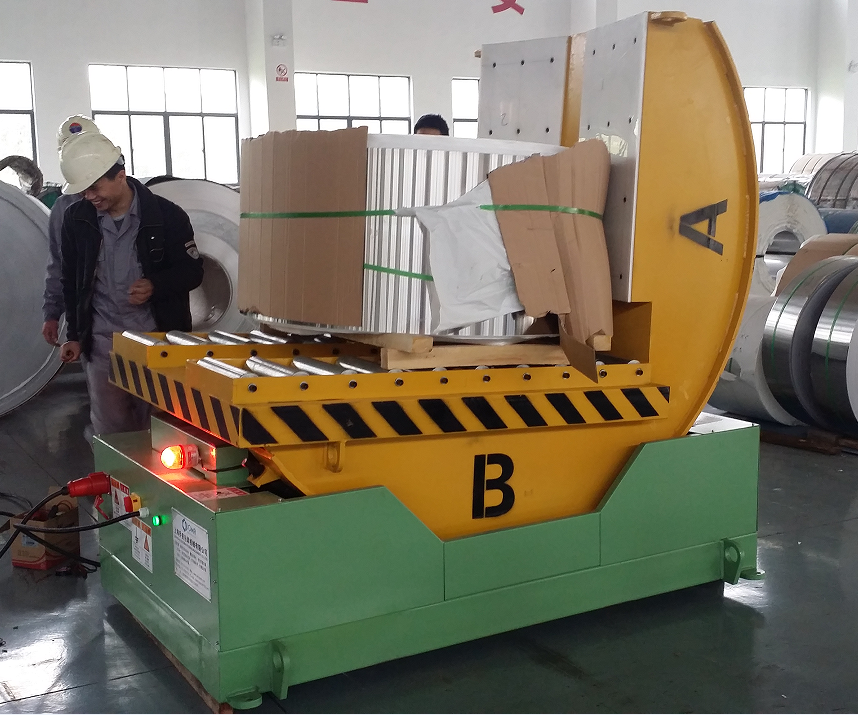
1.1 Why is precision engineering crucial for coil tilters?
When I first explored coil tilters, I realized that precision engineering was the backbone of a successful operation. A poorly engineered tilter could cause misalignment, material damage, or even accidents. Our coil tilters are designed with cutting-edge technology to ensure exact positioning and smooth flipping of coils, regardless of their weight or size.
For example, let’s consider a standard steel coil weighing 10 tons. A tilter with sub-optimal precision might cause wobbling during rotation, potentially leading to safety risks and damaged materials. Our equipment eliminates this risk through reinforced hydraulic systems and advanced stabilization technology, ensuring every flip is flawless.
1.2 What performance metrics matter most?
When evaluating coil tilters, performance metrics such as weight capacity, rotation speed, and compatibility with different coil diameters are non-negotiable. Here’s a quick comparison of typical performance standards vs. what we offer:
| Performance Metric | Industry Standard | Our Coil Tilters |
|---|---|---|
| Maximum Weight Capacity | 10-15 tons | 20-50 tons |
| Rotation Speed | 45-60 seconds/flip | 30-45 seconds/flip |
| Coil Diameter Compatibility | Limited sizes | Adjustable |
This data shows how we outperform industry standards, offering faster, more versatile solutions that adapt to your production line's demands.
1.3 How does innovation improve efficiency?
Our tilters integrate smart controls and sensors to optimize the flipping process. A featured innovation is our adaptive load balancing system, which automatically adjusts hydraulic pressure based on the coil’s weight. This reduces wear and tear on the machine, extending its lifespan while ensuring consistent performance.
Imagine a scenario where your production line includes a mix of smaller aluminum coils and massive steel coils. Instead of manually recalibrating the tilter for each batch, our system does it for you in real-time. This automation saves hours of downtime annually.
1.4 Why do build quality and materials matter?
Not all coil tilters are built equally. During my research, I learned that the choice of materials directly impacts durability and long-term reliability. We use high-tensile steel in our frames and anti-friction coatings on contact surfaces to reduce wear during operation.
For example, a competitor’s tilter might start showing signs of fatigue after 5 years of heavy use. In contrast, our tilters are built to last 10+ years with minimal maintenance. Here’s why:
- Hydraulic Systems: Reinforced to handle continuous heavy-duty cycles.
- Frames: Precision-welded to eliminate weak points.
- Surface Coatings: Protect against rust and material abrasion.
This attention to detail ensures you get a product that delivers consistent performance year after year.
1.5 How do our coil tilters stack up against competitors?
To give you a clearer picture, here’s a side-by-side comparison of our coil tilters versus two leading competitors:
| Feature | Competitor A | Competitor B | Our Coil Tilters |
|---|---|---|---|
| Weight Capacity | 15 tons | 12 tons | 25 tons |
| Automation Level | Limited sensors | Manual controls | Smart system integration |
| Customization | Fixed specifications | Limited flexibility | Fully customizable |
| Safety Features | Standard locks | Basic sensors | Advanced fail-safes |
| Warranty | 12 months | 18 months | 24 months |
This table highlights how we address your concerns more comprehensively than the competition, offering superior weight capacity, automation, and safety.
How Do We Ensure Smooth Coordination from Order Placement to Delivery?

2.1 What’s the first step in our streamlined process?
Ordering a coil tilter shouldn’t be a complicated or stressful experience. From the moment you contact us, our team works closely with you to understand your unique requirements. We start with a needs assessment, evaluating your production line, coil specifications, and operational goals.
During this phase, I remember one customer who needed a tilter capable of handling coils with an unusually wide diameter. Instead of offering a generic solution, we customized the equipment dimensions and hydraulic configuration to meet their exact needs.
2.2 How do we maintain transparency during production?
Communication is key. After finalizing the design, we provide you with regular updates during the manufacturing process. Here’s what you can expect:
| Milestone | Update Provided |
|---|---|
| Design Finalization | 3D renderings and technical specs |
| Manufacturing Start | Timeline and material sourcing info |
| Midpoint Check-In | Progress report and photos/videos |
| Pre-Delivery Inspection | Full test results and quality checks |
This ensures you’re never in the dark about your order’s status.
2.3 What happens during delivery and installation?
Once your tilter is ready, we coordinate delivery to minimize disruption to your operations. Our team handles everything from logistics to on-site installation.
Recently, for a client with a 24/7 operation, we scheduled delivery during a planned downtime window, completing installation and testing in less than 6 hours. This allowed them to resume production without delays.
2.4 How do we ensure successful installation and integration?
Installation is not just about setting up the equipment—it’s about ensuring it integrates seamlessly into your existing workflow. Our team provides on-site support to ensure every detail is accounted for:
| Installation Step | Purpose |
|---|---|
| Pre-Delivery Inspection | Ensures equipment meets all specifications |
| On-Site Assembly | Safeguards proper alignment and secure installation |
| Integration with Existing Systems | Configures automation and communication with PLC systems |
| Staff Training | Teaches operators safety protocols and efficient usage |
This comprehensive approach guarantees your coil tilter is operational from day one, with minimal disruption to your workflow.
What Makes Our Coil Tilter Reliable and Durable for Long-Term Use?
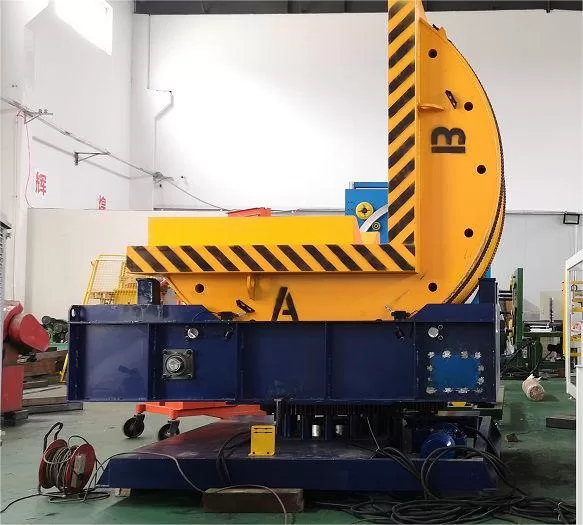
3.1 How do materials and engineering impact durability?
When it comes to heavy-duty machinery like coil tilters, durability begins with the materials. We use high-tensile steel and reinforced hydraulic components to ensure our tilters withstand the demands of industrial use.
For instance, we designed one of our tilters for a customer in the automotive industry who needed to flip 15-ton coils daily. After five years of continuous operation, their equipment still performs like new, thanks to the anti-wear coatings and over-engineered frame structure.
| Key Material | Purpose |
|---|---|
| High-Tensile Steel | Provides structural integrity |
| Anti-Wear Coatings | Reduces friction and surface degradation |
| Reinforced Hydraulics | Ensures smooth motion under heavy loads |
This combination of premium materials and precision engineering translates to lower maintenance costs and longer equipment life.
3.2 What testing processes ensure reliability?
Before any coil tilter leaves our facility, it undergoes rigorous testing to confirm its reliability. Here’s a breakdown of our testing process:
| Test | Purpose |
|---|---|
| Load Testing | Confirms weight capacity and stability |
| Stress Testing | Evaluates performance under extreme loads |
| Cycle Testing | Simulates long-term usage |
| Safety System Check | Ensures all fail-safes are operational |
These tests allow us to guarantee that our equipment performs flawlessly under real-world conditions.
3.3 How do we back our products with warranties?
We’re confident in the durability of our coil tilters, which is why we offer a comprehensive 24-month warranty—one of the most competitive in the industry. This includes full coverage for parts and labor, giving you peace of mind that your investment is protected.
How Can Our Customization Options Meet Your Unique Production Needs?

4.1 Why is customization essential for coil tilters?
No two production lines are identical, and we believe your coil tilter should reflect that. From weight capacity to automation features, every aspect of our equipment can be tailored to your needs.
For example, a recent customer required a tilter capable of handling both steel and aluminum coils with significantly different diameters. By designing adjustable coil clamps and integrating automatic diameter detection, we delivered a solution that worked seamlessly for their mixed production line.
4.2 What customization options do we offer?
Here’s a quick overview of our most popular customization features:
| Feature | Customization Options |
|---|---|
| Weight Capacity | From 5 tons to 30 tons |
| Automation Level | Manual, semi-automatic, or fully automated |
| Coil Compatibility | Adjustable clamps for varying sizes |
| Safety Features | Enhanced sensors, emergency stops, and alarms |
This flexibility ensures your equipment is not only functional but also optimized for your specific workflow.
How Does Our Installation Process Minimize Disruption to Your Operations?
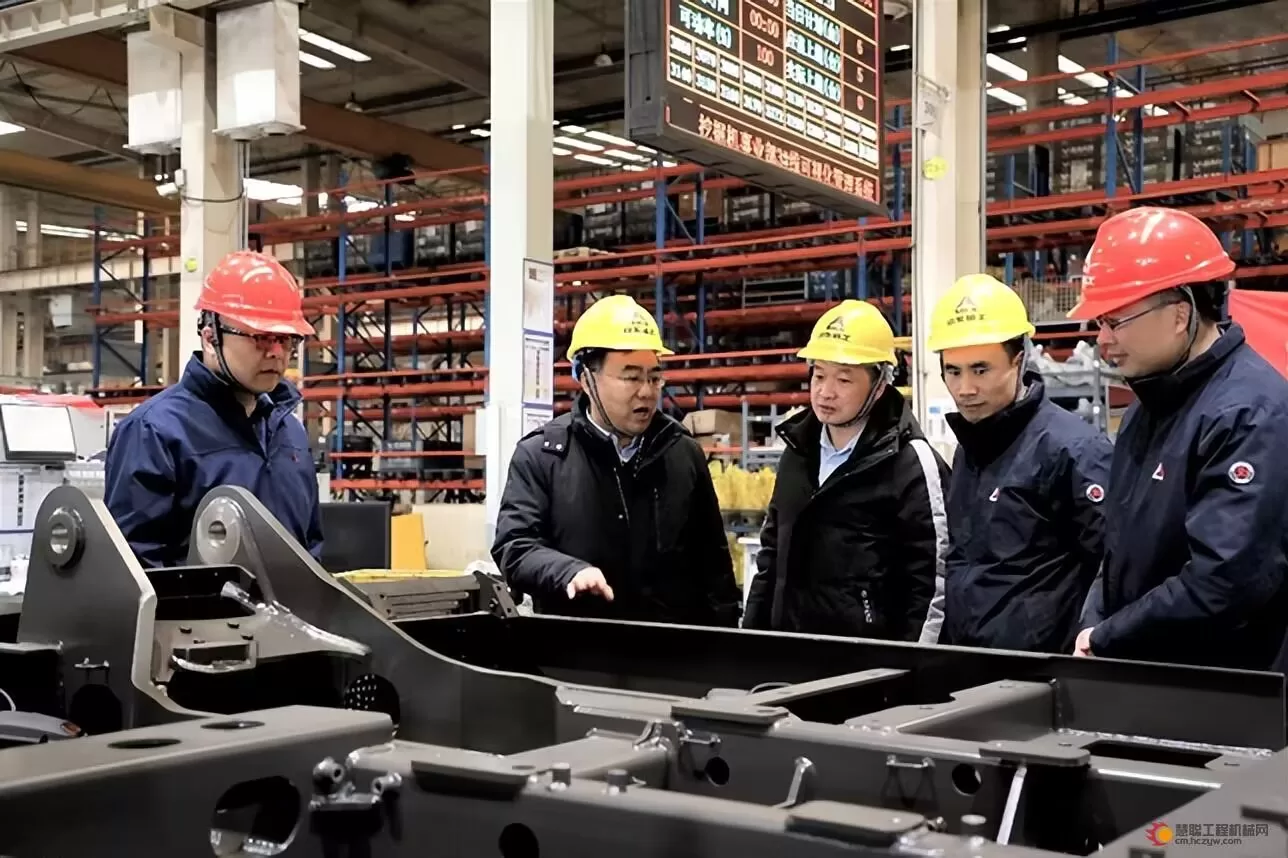
5.1 Why is a seamless installation process important?
The installation of a coil tilter should be as smooth and fast as possible to avoid interrupting your production schedule. That’s why we’ve developed an installation process that prioritizes efficiency and precision.
For example, one of our customers—an automotive supplier with a 24/7 production cycle—needed their tilter installed over a weekend. By pre-assembling key components and scheduling our team to work around the clock, we completed the installation within 36 hours, allowing production to resume without delay.
5.2 What steps are involved in our installation process?
Here’s a breakdown of our installation process:
| Step | Purpose |
|---|---|
| Pre-Installation Survey | Ensures site readiness and identifies potential challenges |
| Pre-Assembled Components | Reduces on-site assembly time |
| Testing and Calibration | Guarantees the tilter operates flawlessly |
| Operator Training | Ensures your team can use the equipment safely and efficiently |
This structured approach minimizes disruption and ensures your coil tilter is ready for immediate use.
What Ongoing Support and Maintenance Services Do We Provide?
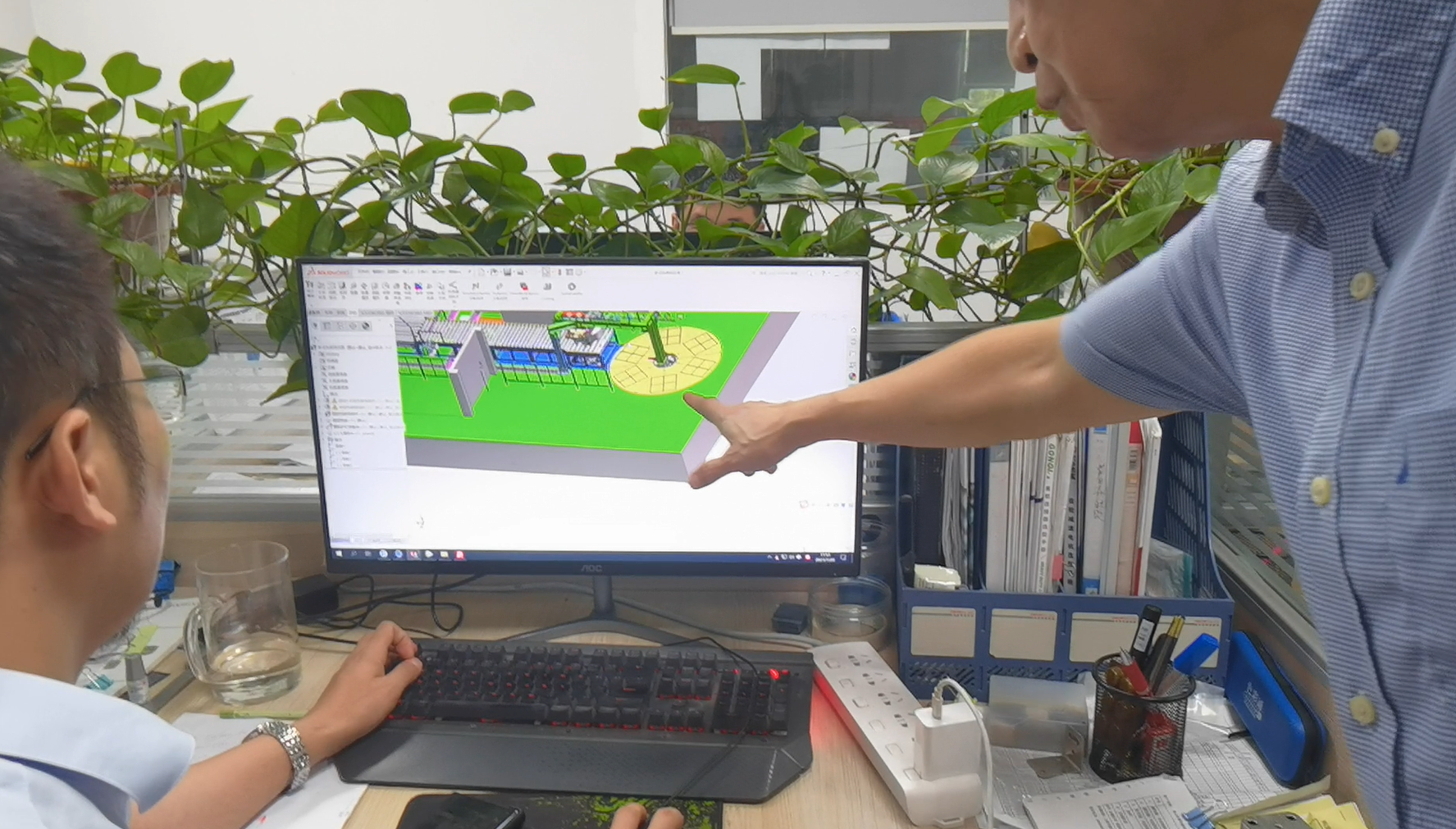
6.1 How do we ensure long-term performance?
Purchasing a coil tilter is a significant investment, and we’re committed to helping you maximize its lifespan. That’s why we offer comprehensive maintenance and support services, including regular check-ups and emergency repairs.
For instance, one of our clients experienced unexpected wear on a hydraulic component after three years of heavy use. Our team quickly identified the issue, replaced the part, and upgraded their maintenance schedule to prevent future occurrences—all covered under our extended service plan.
6.2 What does our maintenance program include?
| Service | Frequency | Benefit |
|---|---|---|
| Preventative Maintenance | Every 6-12 months | Reduces the risk of unexpected breakdowns |
| Remote Diagnostics | On-demand | Identifies and resolves issues quickly |
| Spare Parts Availability | 24/7 | Minimizes downtime in case of repairs |
| Training Refreshers | Annually | Keeps operators updated on best practices |
By providing these services, we ensure your coil tilter continues to perform reliably and efficiently for years to come.
How Do Our Systems Enhance Operational Efficiency and Reduce Costs?
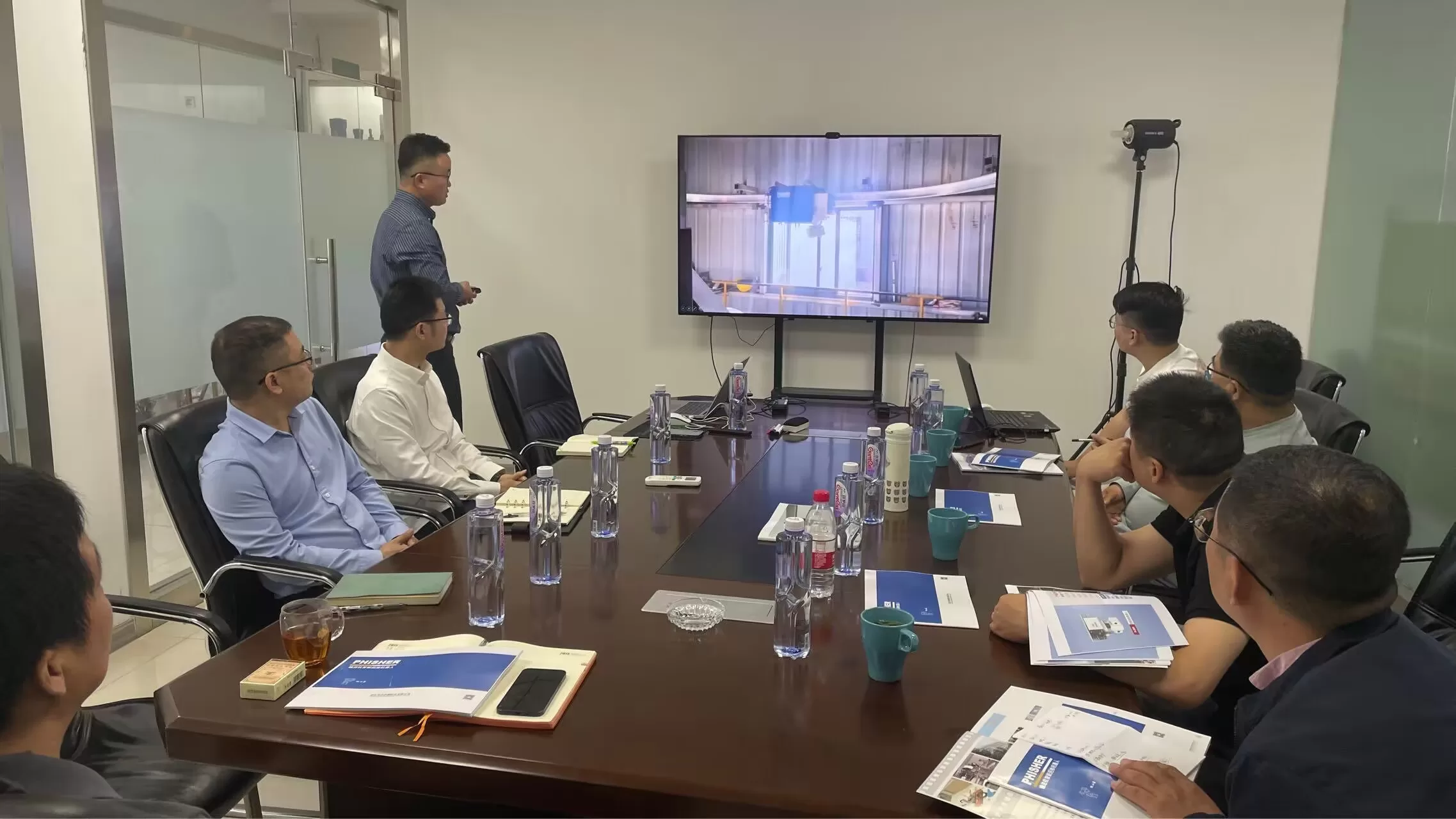
7.1 How does automation improve efficiency?
Automation is a game-changer for coil handling. Our tilters are equipped with advanced control systems that reduce manual intervention, improve cycle times, and minimize human error.
One customer reported a 25% reduction in flipping time after upgrading to a fully automated tilter. By integrating sensors and programmable logic controllers (PLCs), we helped them achieve consistent results without additional labor costs.
| Efficiency Feature | Benefit |
|---|---|
| Adaptive Load Balancing | Ensures smooth flipping for varying weights |
| Pre-Programmed Flip Cycles | Reduces operator input and training time |
| Remote Monitoring | Tracks performance and identifies inefficiencies |
These innovations not only improve your workflow but also contribute to significant cost savings over time.
7.2 How do we measure ROI for your investment?
To demonstrate the value of our coil tilters, we provide a detailed ROI analysis based on your specific operation. Here’s an example:
| Metric | Before Coil Tilter | After Coil Tilter | Improvement |
|---|---|---|---|
| Downtime (hours/month) | 12 | 4 | 66% |
| Labor Costs ($/month) | 8,000 | 5,500 | 31% |
| Coil Damage Incidents | 5 | 0 | 100% |
This data-driven approach ensures you fully understand the financial benefits of your investment.
What Safety Features Are Integrated into Our Coil Tilter?
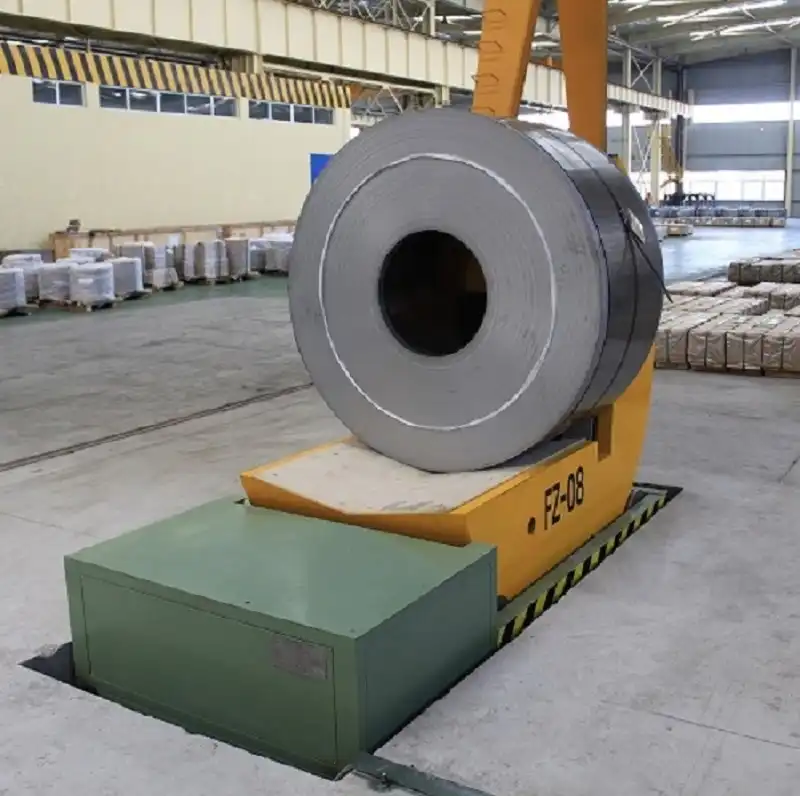
8.1 How do we prioritize operator safety?
Safety is at the core of our coil tilter design. Handling heavy steel coils comes with inherent risks, and mitigating these risks is our top priority. Our coil tilters are equipped with advanced safety features to protect operators and minimize workplace accidents.
For example, one of our customers experienced frequent safety incidents with their old manual coil handling system, including slipping and improper alignment. After upgrading to our automated coil tilter with enhanced safety protocols, they reported a 100% reduction in related incidents within the first year.
| Key Safety Features | Purpose |
|---|---|
| Emergency Stop Buttons | Allows operators to halt operations instantly |
| Anti-Slip Clamps and Pads | Prevents coil movement during flipping |
| Load Sensors | Ensures weight capacity is not exceeded |
| Safety Alarms and Warnings | Alerts operators to potential hazards |
These features ensure that your team operates in a secure environment, even when handling the heaviest loads.
8.2 How do we comply with global safety standards?
Our coil tilters are designed to meet or exceed international safety standards, ensuring compliance for both local and global operations.
| Standard | Requirement | Our Compliance |
|---|---|---|
| CE Certification (Europe) | Machinery safety and operational compliance | Fully certified for European markets |
| OSHA Standards (USA) | Workplace safety measures | Integrated safety protocols |
| ISO 12100:2010 | General principles for machinery safety | Comprehensive risk assessment and testing |
This commitment to safety ensures that our equipment not only protects your operators but also aligns with regulatory requirements across industries and regions.
How Do Our Case Studies Showcase Real-World Success and Reliability?
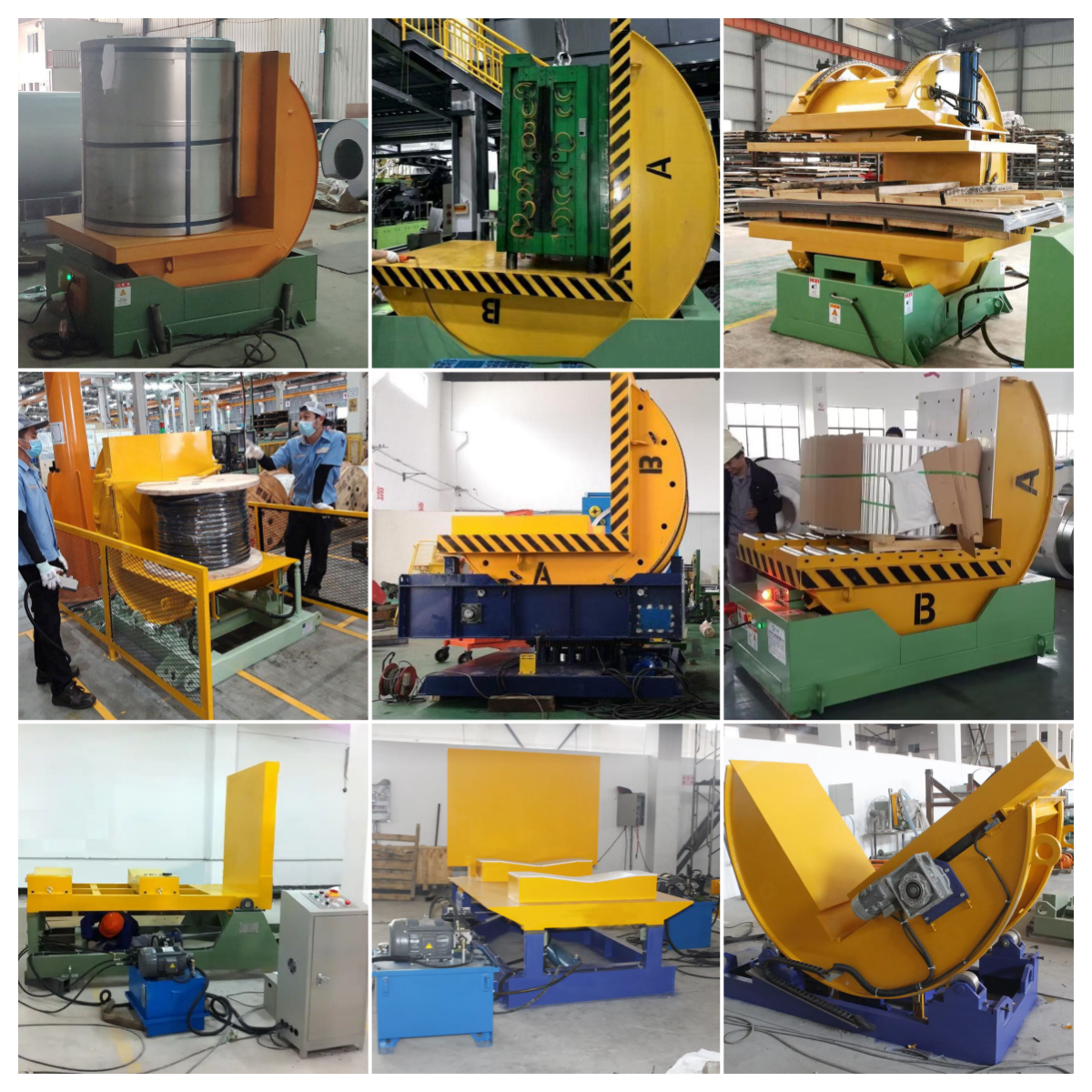
9.1 What challenges did our solutions overcome for past clients?
Every client we work with has unique challenges. By leveraging our expertise and innovative technology, we’ve helped businesses across industries achieve their operational goals.
For instance, a steel mill in Eastern Europe faced frequent downtime due to inefficient manual coil flipping processes. The heavy workload and repetitive tasks led to injuries, material damage, and production delays. After installing one of our fully automated coil tilters, they reduced downtime by 40% and eliminated worker-related flipping errors entirely.
| Challenge | Solution | Outcome |
|---|---|---|
| Manual flipping causing delays | Installed automated coil tilter | Reduced flipping time by 30% |
| Frequent material damage | Introduced anti-slip clamps and sensors | Eliminated coil surface damage |
| Workplace injuries | Provided safety-driven automation features | Zero safety incidents in 12 months |
9.2 What do these success stories teach us?
These real-world scenarios highlight the adaptability and performance of our coil tilters. They demonstrate how our solutions are tailored to address specific pain points, ensuring long-term success and reliability for our clients.
What Transparent Pricing and Contract Terms Can You Expect?

10.1 Why is pricing transparency important?
We believe in building trust with our customers through clear and upfront pricing. Hidden costs or vague contract terms can lead to frustration and mistrust, which is why we provide detailed cost breakdowns for every order.
For example, one of our clients expressed concerns about unexpected fees with their previous equipment supplier. By providing a transparent pricing model that included manufacturing, shipping, installation, and maintenance fees, we eliminated any uncertainty and built a stronger partnership.
| Cost Component | Percentage of Total Cost |
|---|---|
| Manufacturing | 60% |
| Shipping and Logistics | 15% |
| Installation and Training | 10% |
| Maintenance and Warranty | 15% |
This level of transparency ensures you know exactly where your investment is going.
10.2 What flexible contract options do we offer?
We understand that every business has unique financial needs, which is why we offer flexible payment and contract options:
| Option | Benefit |
|---|---|
| Financing Plans | Spread payments over time to manage cash flow |
| Leasing Options | Access equipment without upfront capital expense |
| Service Contracts | Include maintenance and support in monthly fees |
These options give you the flexibility to invest in the best equipment for your operations without straining your budget.
Conclusion
Selecting the right coil tilter is not just about flipping coils—it’s about optimizing your operations, protecting your workforce, and ensuring a long-term return on investment. By focusing on your unique needs, we deliver solutions that prioritize performance, durability, customization, safety, and transparency.
From initial consultation to installation and ongoing support, our commitment to excellence ensures that every aspect of your coil tilter journey is seamless and stress-free. With real-world success stories, advanced safety features, and flexible purchasing options, we address your concerns head-on, giving you the confidence to invest in the future of your production line.
Let us help you transform the way you handle coils—safely, efficiently, and reliably.
